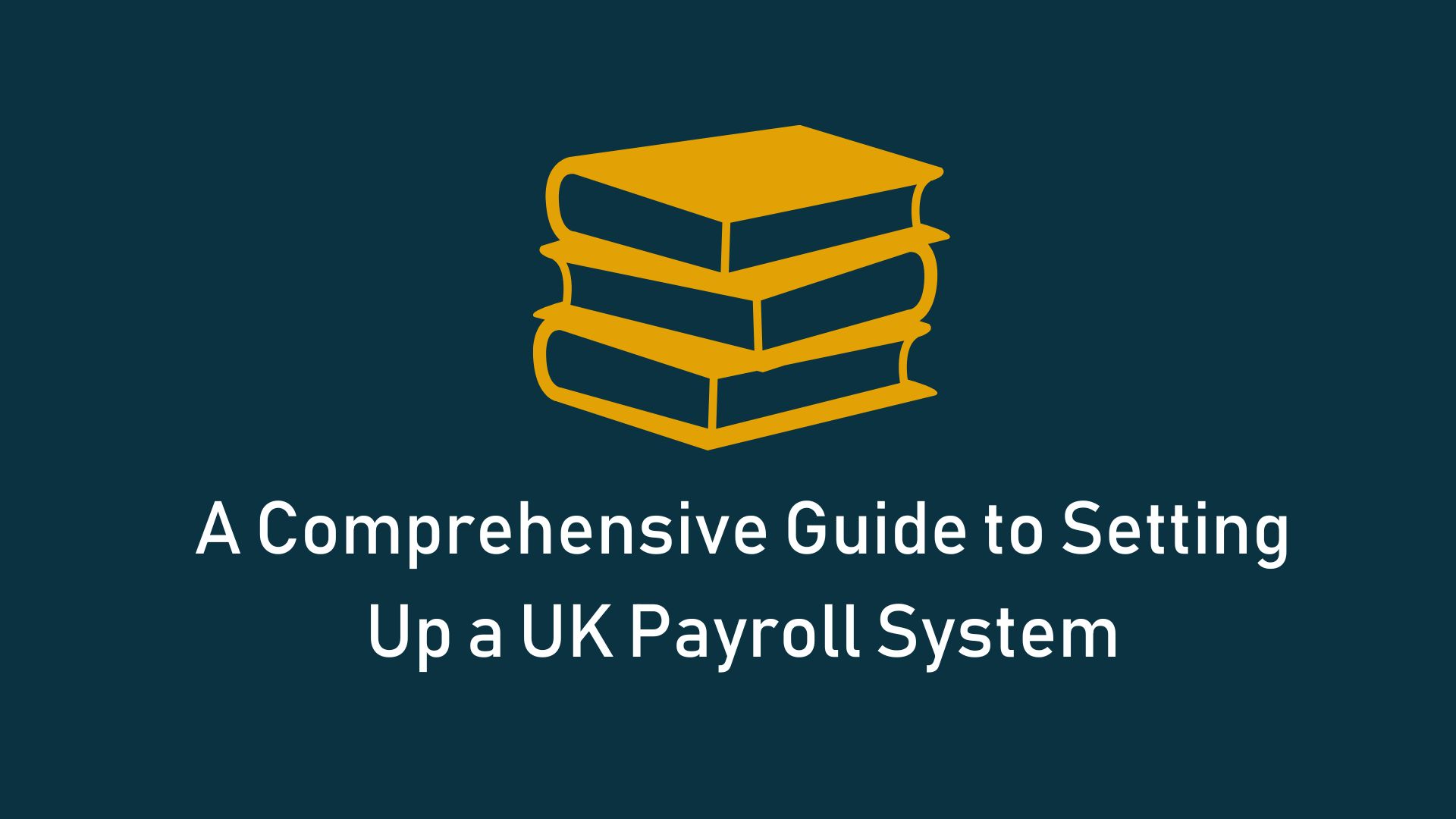Introduction: Setting up a UK payroll system is a crucial step for any business operating within the United Kingdom. A well-organized payroll not only ensures timely and accurate salary payments to employees but also helps you stay compliant with the UK’s complex tax and employment regulations. In this guide, we will walk you through the process of setting up a UK payroll, highlighting key steps and considerations to keep in mind.
UK payroll system, setting up payroll, UK payroll process, payroll setup guide
- Understand UK Payroll Regulations: Before diving into setting up a payroll system, it’s essential to familiarize yourself with the various UK payroll regulations. This includes understanding tax codes, national insurance contributions, and statutory benefits like sick pay and maternity leave.
UK payroll regulations, tax codes, national insurance contributions, statutory benefits
- Choose Payroll Software: Selecting the right payroll software is crucial for efficient payroll management. Look for software that automates calculations, generates payslips, and keeps track of tax deductions. Cloud-based solutions offer the added advantage of accessibility from anywhere.
Payroll software, UK payroll management, cloud-based payroll system
- Gather Employee Information: Collect comprehensive information about your employees, including personal details, bank account information, tax codes, and any relevant benefits they might be entitled to.
Employee information, payroll data collection, employee details, tax codes
- Register with HMRC: To ensure compliance, you need to register your business with Her Majesty’s Revenue and Customs (HMRC). This involves obtaining an employer PAYE reference number, which is essential for submitting payroll-related information to HMRC.
HMRC registration, employer PAYE reference number, UK payroll compliance
- Calculate Tax and National Insurance: Accurate tax and national insurance calculations are essential to avoid legal and financial issues. The tax code of each employee determines the correct deductions, so ensure you have this information correct.
Tax calculations, national insurance deductions, employee tax code
- Set Up a Payroll Schedule: Establish a regular payroll schedule, specifying the dates for running payroll and paying employees. This consistency helps maintain employee trust and ensures timely payments.
Payroll schedule, employee payments, payroll processing dates
- Generate Payslips: Provide detailed payslips to your employees, outlining their earnings, deductions, and net pay. This transparency fosters clarity and builds a sense of trust.
Employee payslips, earnings statement, payslip details
- Stay Updated with Legislation Changes: UK payroll regulations can change, affecting tax rates, benefits, and reporting requirements. Stay informed about these changes to remain compliant and adjust your payroll process accordingly.
Payroll legislation updates, UK tax changes, compliance with payroll laws
Conclusion:
Setting up a UK payroll system may seem intricate, but with careful planning and the right tools, you can streamline your payroll processes while ensuring accuracy and compliance. By understanding the regulations, choosing the right software, and staying informed about changes, you’ll be well-equipped to manage your business’s payroll efficiently.
UK payroll setup conclusion, efficient payroll management, compliance and accuracy
Remember, a well-managed payroll system not only contributes to employee satisfaction but also reflects positively on your business’s reputation. Make sure to regularly review and refine your payroll process for optimal results.








